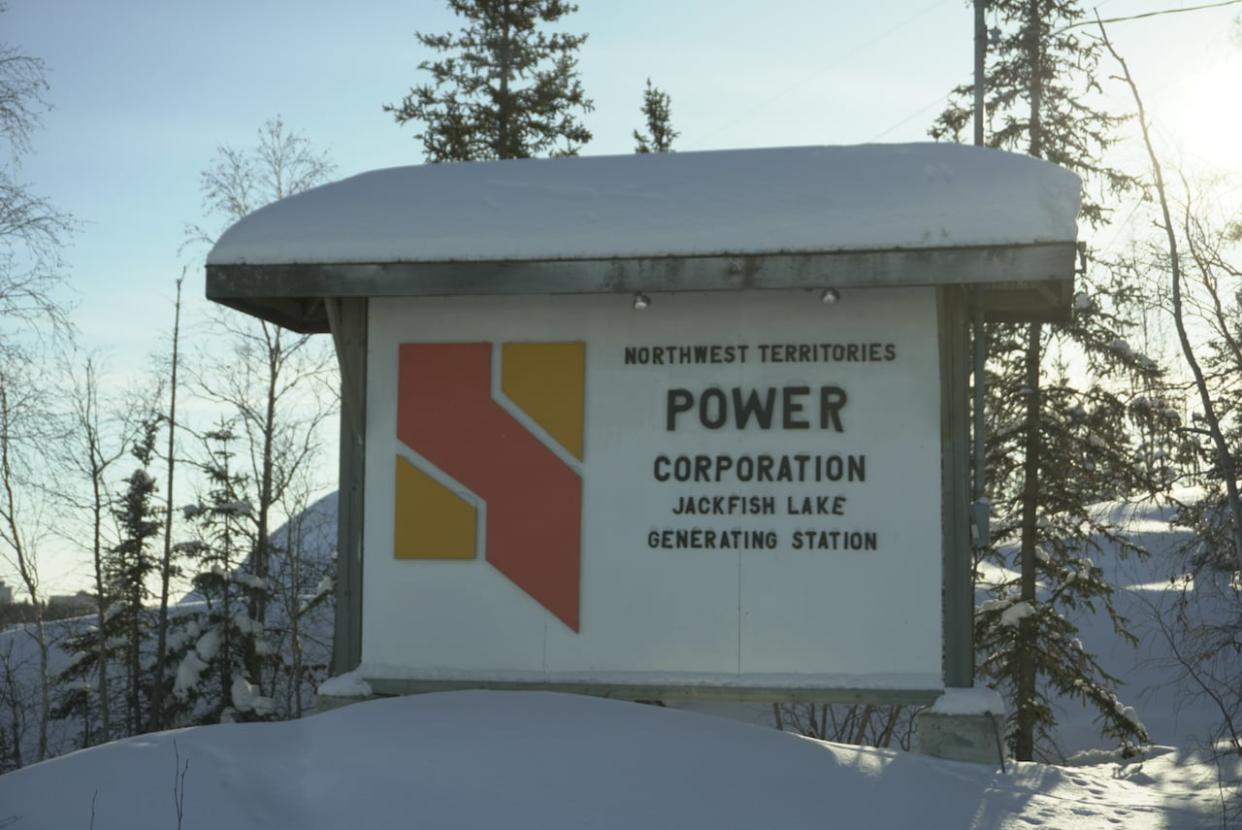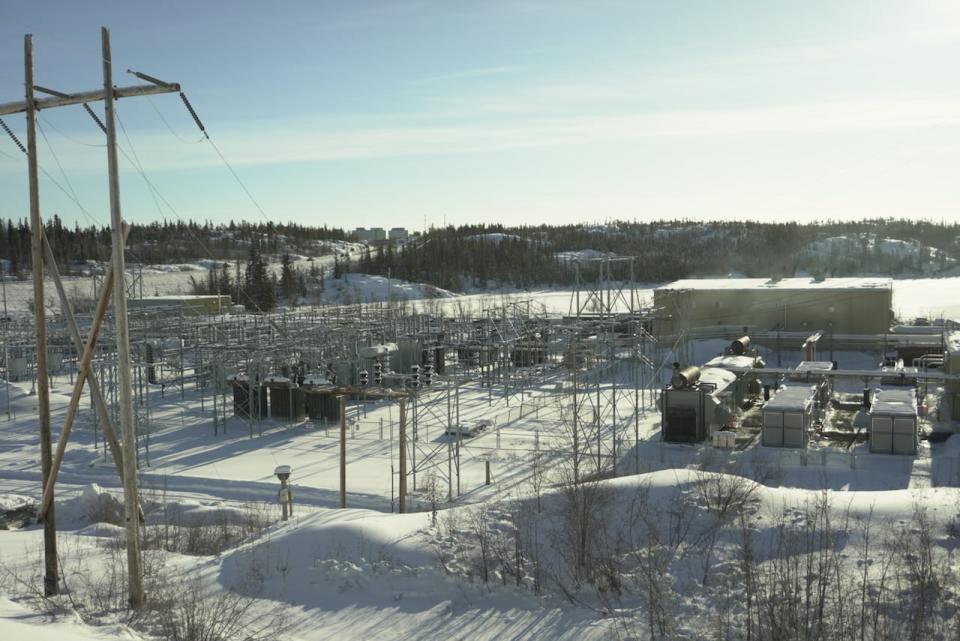Jackfish power plant in Yellowknife working overtime to compensate for low water levels, resulting in spill

The Northwest Territories Power Corporation says a recent spill at the Jackfish power plant was caused in part by wear on the equipment from a significant increase in use.
On Jan. 25, about 500 litres spilled in the power plant in Yellowknife. The spill, a mixture of 95 per cent water and 5 per cent coolant, was caused by a combination of corrosion, age and wear on the unit operating at a much higher frequency, according to a spill report from the Northwest Territories Power Corporation (NTPC)
Low water levels across the territory are thwarting hydro generation at the Snare and Bluefish plants and increasing the need to use power from the Jackfish diesel plant to supply the N.W.T.'s North Slave region. NTPC spokesperson Doug Prendergast said while the Yellowknife facility typically provides about two per cent of the power to the North Slave grid, but since the fall of 2022, it's been providing about 45 per cent.
"Water levels in the Snare River are at the lowest level we've ever seen and we have, I believe, between 50 and 70 years worth of data, so it is very extreme," Prendergast said.
Prendergast said the ruptured unit has been repaired and, since the spill was mostly water, there was no impact to the environment. Environment and Climate Change Canada has inspected the site but did not respond to CBC with their findings prior to deadline.

The Jackfish Lake generating station February 2024. NTPC says low water levels and its recent application to increase power rates are parallel issues but not related. (Natalie Pressman/CBC)
N.W.T.'s Department of Environment and Climate Change (ECC) confirmed that the issue that caused the spill has been fixed and said NTPC has been inspecting the Jackfish generators more regularly for "proactive maintenance."
NTPC borrowed $11M to finance rising costs of diesel
With the increased use, Prendergast said NTPC has also had to increase its spending by tens of millions of dollars since the fall of 2022. That accounts for salaries for increased maintenance, and more materials like coolant and in particular diesel.
Last week, NTPC announced it's applied to increase power rates because of the rising cost of diesel. However, Prendergast said that bid is entirely separate from the issue of low water levels.
He said the collection rider is intended to make up the difference what residents pay for diesel in their power rates, about $1.18 per litre, and what NTPC pays, about $1.40 per litre.
"It's easy to understand how there's sort of a natural tendency to want to connect them, but really it is important to keep them separate," Prendergast said.
As a result of rising costs of diesel, the power corp has used about $11 million through a line of credit to finance the increased costs through the 2023/2024 fiscal year.
Territory needs to diversify energy, researchers say
Stephan Schott, a professor in sustainable energy policy at the University of Carleton, said spills like the one on Jan. 25 are something we need to anticipate more and more as the territory deals with the impacts of climate change — like drought.
"If you don't invest in a diversification of energy sources, you will have to rely more and more on those diesel [generators,] he said. With that comes increased risk of spills and air quality problems, he said.
He said wind, solar and biomass — all projects being explored by some N.W.T. communities — are all viable alternatives with untapped potential in the North.
He also suggested connecting power grids in the North Slave and South Slave to share hydro resources.
Xiaodong Liang, a professor at the University of Saskatchewan who specializes in energy in remote and northern communities, echoed the need for more renewable energy options. Liang pointed to possible solution like community microgrids and power storage that would keep energy like solar, for example, for use through the winter.
Both professors acknowledged short-term cost may be a barrier.
Schott also emphasized that building new energy sources in N.W.T. communities is a way for Indigenous people to make decisions about how to use their land and resources.
"I think it's very important to make this part of reconciliation efforts and an opportunity to involve Indigenous people more in in their own power generation ... becoming entrepreneurs in this space of allowing them to develop their own power solutions"
